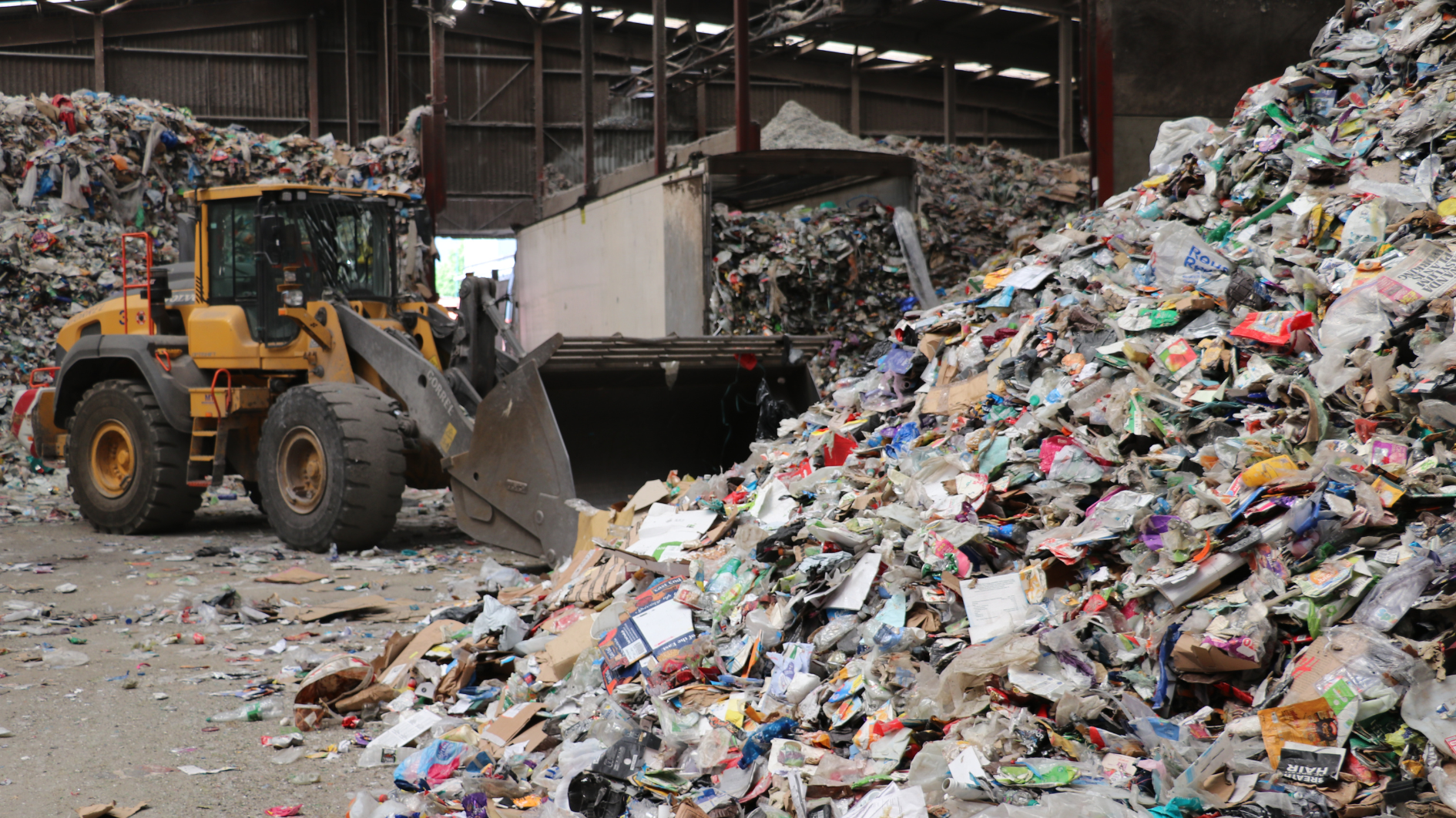
Following your recycling on its journey from bin lorry, to sorting, to becoming something new
After you’ve washed it, squashed it, binned it, and wheeled it to the end of your drive, where does your recycling go next?
Once it has been tipped into the back of a bin lorry, your recycling makes its way to one of our network of transfer stations around the county. Here, it’s combined with a number of other loads from across your district, loaded onto larger lorries and taken for processing.
Your mixed recycling – that includes plastics, cans and tins, and glass jars and bottles – is taken for processing at Mid-UK’s plant near Grantham.
All that recycling is then put onto a huge conveyor belt, to begin the mammoth task of separating out all the different materials.
First, teams of eagle-eyed, hand pickers pull out contaminants: things that have found their way into the recycling bins when they shouldn’t have.
As the conveyor belt whizzes past them, they’re looking for items that can’t be recycled, or could damage the plant’s machinery, like electrical items and batteries, large metal items, and even gas bottles.
A series of high-tech machines are then able to sort some of the recycling. As the conveyor belt zooms on, different sized rollers, magnets, jets of air, and lasers are used to lift out certain materials, to be whisked away by other conveyors.
As the recycling splits into different streams, the maze of conveyor belts takes it through more teams of hand-pickers, who continue their hunt for contaminants.
Plastic bags and films, crisp packets and pet food pouches are the common ones, but they’ve been known to find soiled nappies and animal faeces!
After being sorted, the separated materials are bundled and sent on to factories where they’re used to make other products.
On average, less than a week after your recycling has been collected, it has already been processed here and is well on its way to becoming something new.
If you live in Boston, North Kesteven or West Lindsey, you’ll now have a purple-lidded bin and your paper and cardboard no longer comes here for processing.
By separating out these materials, we can send your clean, dry paper and card to a specialist plant, so it can be remade into a higher quality paper material.
We’ll follow the route of your paper and card recycling in a future edition of County News.
If you’re ever in doubt about whether or not you can recycle something in your bins at home, leave it out, and then check it out on your district council’s website.
